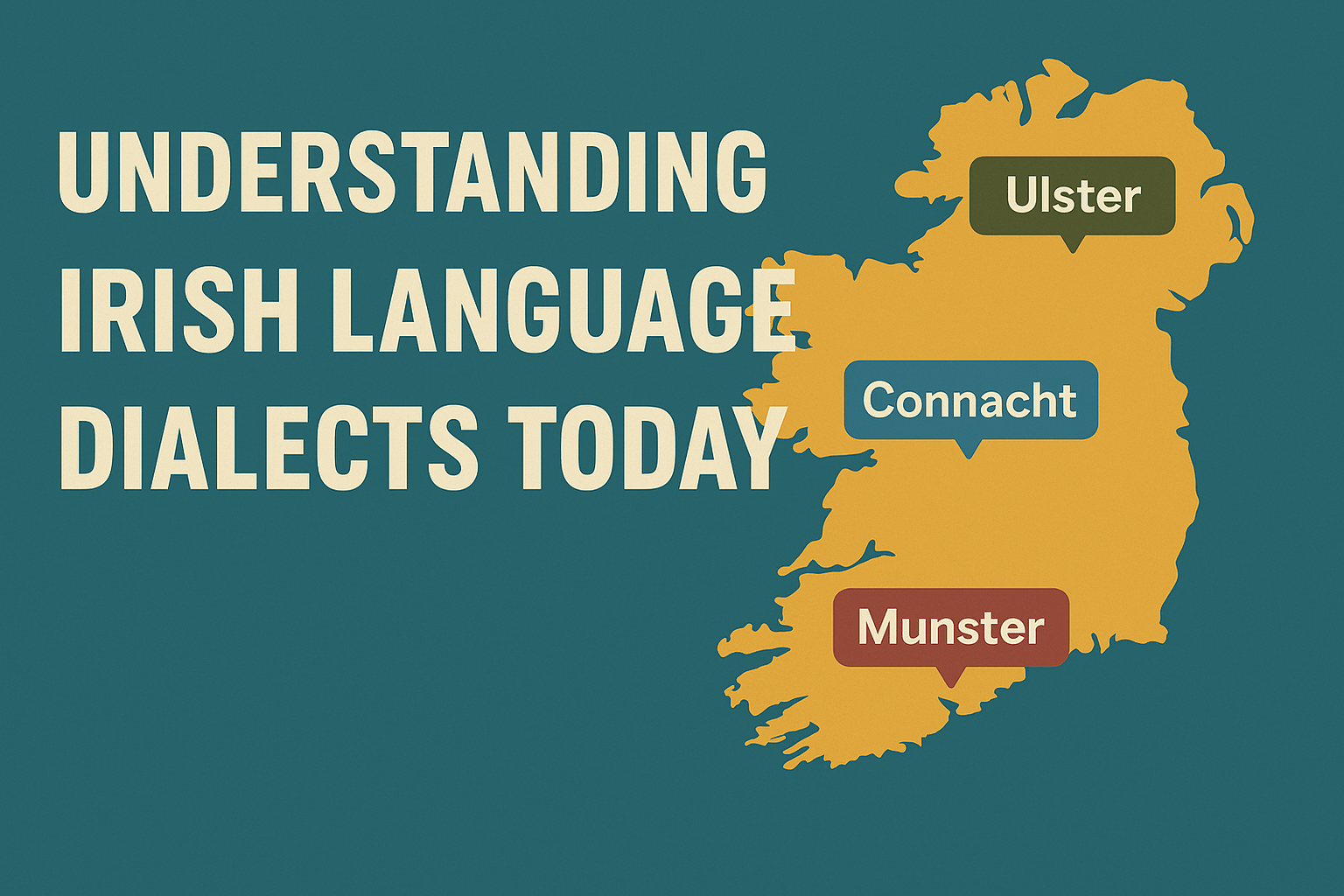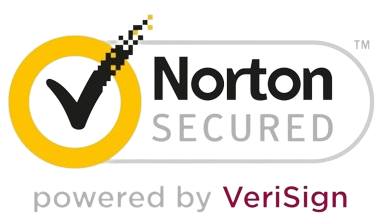The Irish language dialects—Munster, Connacht, and Ulster—are rich in sound, vocabulary, and identity. For learners, these dialects represent both a challenge and a unique opportunity to engage with the living, breathing culture of Ireland. At Gaeilgeoir AI, we recognize that no two Irish speakers are exactly the same, and our platform is designed to help you understand and navigate the subtle and beautiful differences in each dialect.
Whether you’re just starting out or deepening your Gaeilge skills, understanding the distinctions among Irish dialects is key to becoming a confident and culturally aware speaker.
What Are Irish Language Dialects?
A Language of Many Voices
Irish, or Gaeilge, is spoken in different forms across the island of Ireland. Though it’s the same language at its core, the way people speak it in different regions varies significantly. These variations form the three main dialects:
- Ulster Irish (Gaeilge Uladh) – Predominantly spoken in County Donegal and parts of Northern Ireland.
- Connacht Irish (Gaeilge Chonnacht) – Common in Connemara and surrounding regions in the west.
- Munster Irish (Gaeilge na Mumhan) – Heard in counties Kerry, Cork, and Waterford in the south.
There is also Urban Irish, a more standardized or blended form spoken in cities and taught in schools across the country.
Each dialect has its own unique accent, vocabulary, and grammatical quirks—something that learners should embrace rather than fear.
Why Do Dialects Matter When Learning Irish?
Language Is Cultural Context
Learning about Irish dialects isn’t just an academic exercise; it connects you to the history, identity, and people of each region. Understanding dialects helps you:
- Speak more naturally with native speakers in specific regions
- Appreciate regional literature, music, and folklore
- Avoid confusion between different terms and pronunciations
- Choose a dialect focus that suits your interests and learning goals
At Gaeilgeoir AI, we incorporate dialectal variation into your learning journey, helping you recognize and adapt to different forms of Irish.
Check out our guide to dialectal differences in Irish for a more detailed breakdown.
Key Differences Between the Irish Language Dialects
1. Pronunciation
- Ulster Irish has a Scottish Gaelic–like cadence and tends to pronounce the final consonants more distinctly.
- Connacht Irish is known for a clearer vowel sound and has a more “neutral” tone compared to others.
- Munster Irish has a musical intonation and longer vowels, often considered lyrical and flowing.
2. Vocabulary
While the meaning stays the same, words often differ by region:
- “girl”:
- cailín (Ulster)
- girseach (Connacht)
- cailínín (Munster)
- “soon”:
- go luath (Ulster)
- ar ball (Connacht)
- gan mhoill (Munster)
3. Grammar and Syntax
- Ulster Irish favors the independent verb form in certain past tense situations.
- Munster Irish may use double negatives, which are ungrammatical in standard English but completely acceptable in the local dialect.
- Connacht Irish often preserves archaic structures that have faded elsewhere.
Choosing a Dialect: Which One Is Right for You?
There’s no “best” dialect—each is equally valid and fascinating. But your choice might depend on:
- Where you plan to visit or live (e.g., Donegal = Ulster Irish)
- Your interest in traditional music or literature from a specific region
- Family heritage or ancestral ties
- Your preferred sound or accent
Still not sure where to start? Many learners begin with a standardized form (like the one taught in schools), then dive deeper into dialects as they grow more confident.
Explore helpful basic Irish conversation phrases to get a feel for each dialect’s flavor.
Gaeilgeoir AI: Learn Dialects with AI-Powered Insight
Personalized Learning, Rooted in Culture
Our mission at Gaeilgeoir AI is to make Irish learning smart, accessible, and authentic. That means:
- Offering custom lessons based on your dialect of interest
- Providing audio from native speakers across regions
- Highlighting dialectal differences in vocabulary and grammar
- Delivering real-time pronunciation feedback using AI speech recognition
- Blending technology and tradition to keep your learning dynamic and enjoyable
Whether you’re drawn to Munster’s musical flow, Connacht’s clarity, or Ulster’s strength, our platform lets you explore all three in a structured and intuitive way.
The Importance of Dialects in Language Revitalization
Ireland’s dialects are more than regional curiosities—they are living legacies. As the Irish language continues its revival, preserving dialectal diversity is critical. Here’s why:
- Authentic Identity: Dialects preserve local expressions, sayings, and idioms that reveal the soul of a community.
- Educational Value: They help linguists and learners understand how languages evolve and adapt.
- Resilience: Language diversity makes Irish more flexible, inclusive, and resistant to standardization or loss.
Learn more about how Irish is experiencing a cultural comeback in our post on Irish language revival.
Real-World Application: Which Dialect Is Spoken Where?
Here’s a quick reference of where each dialect thrives:
| Region | Primary Dialect |
|---|---|
| Donegal | Ulster |
| Galway, Mayo | Connacht |
| Kerry, Cork | Munster |
| Dublin, Belfast | Urban/Standardized |
Want to hear what these dialects sound like? Many top Irish-speaking courses include native audio recordings that demonstrate regional accents.
Helpful Tips for Navigating Irish Dialects
- Start with one dialect to avoid confusion, then branch out once you’re confident.
- Listen to native speakers via radio, YouTube, or podcasts like Raidió na Gaeltachta.
- Use Gaeilgeoir AI to hear and compare pronunciations across dialects.
- Practice aloud—AI can correct your pronunciation and help you sound natural.
- Don’t stress about differences—fluency matters more than perfection!
Looking for a structured routine? Try our Daily Irish Practice Plan for bite-sized, focused learning.
Embrace the Sound of Ireland – One Dialect at a Time
Irish language dialects are a treasure trove of history, culture, and color. Whether you’re practicing with native audio clips in Ulster Irish or writing your first sentence in Munster Irish, every step you take helps preserve and celebrate the language’s rich diversity.
Start your journey today—sign up for a free trial of Gaeilgeoir AI’s learning platform and explore the dialect that speaks to you. From smart AI feedback to cultural deep dives, we’re here to help you connect with Irish the way it’s really spoken.


